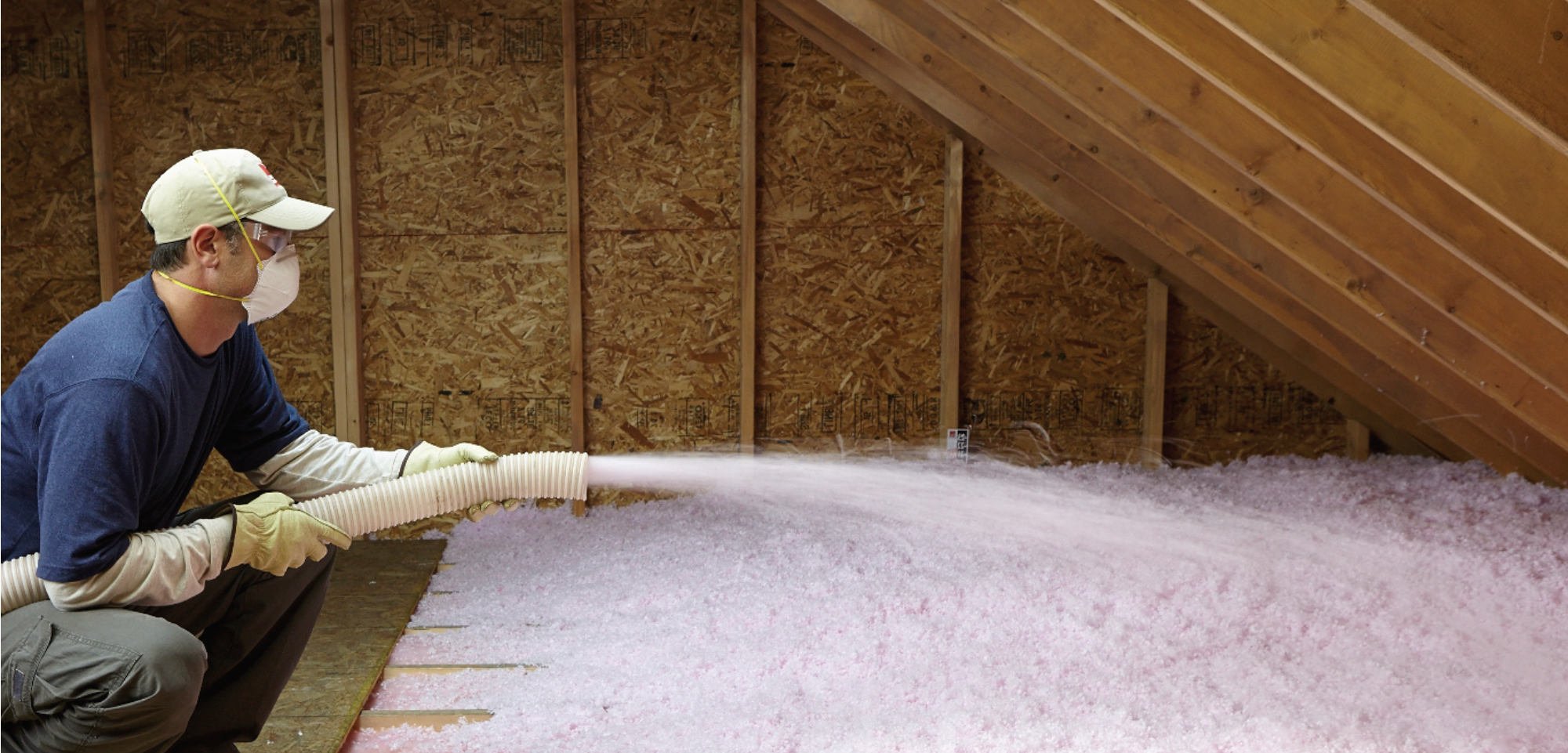Weather Controllers – Insulation for Comfort
Written By: Thomas Berry
Email | LinkedIn
Mankind has long sought ways to retain hot air in the winter and keep hot air out in the summer. In medieval days, workers would stuff walls with different materials such as straw and cover it with a mud plaster to keep air out. This method of stuffing walls with various materials to provide insulation was the go-to method until an accidental discovery was made in 1932.

Fiberglass Insulation
In 1932 the process to make fiberglass was discovered and insulation in the form of blankets burst onto the scene. Although this created a huge stride in insulation, the process of making and installing the insulation was highly dangerous because of small glass particles being released into the air. This also posed a threat to occupants of the building being insulated.
Spray Foam Insulation
These issues lead to the creation of spray foam which alleviated the dangers of the fiberglass and was also easier to install. However, spray insulation is not without its downside. Sprayed insulation is vulnerable to water which limits where it can be installed and any water getting to it ruins its insulative properties.
Aerogel: Alien Technology Powered by NASA

The newest innovation in insulation is thanks to a material called Aerogel created by NASA. Aerogel is a silica-based product that holds several Guinness Book of Records. Two of those records are lowest density solid and most importantly, the best insulator. Aerogel is made by taking silica alcogel and removing the water from it and replacing it with nothing but air. Aerogels can have a density as low as .001 grams per cubic centimeter and the reason they make such a fantastic insulator is because they eliminate convection, radiation, and conduction which are the three methods of heat transfer.
Maximizing R-Value: ThermaBlock
This aerogel technology lead to the invention of Thermablock. Thermablock comes in plastic incased strips that attach to studs of a wall that increase the overall R-Value by up to 35 percent regardless of cavity insulation. R-Value is the measurement that tells how well insulation keeps heat out in the summer and retains it in the winter. The higher the number the better the insulation. Thermablok can also be purchased with self-adhesive backing that makes it easy to install. Thermablok also contains the added benefits of never aging, mildewing, or molding. This is thanks to the hydrophobic properties of the aerogel. Thermablok is also environmentally safe and can be recycled because it is made up of amorphous silica.
When standard metal stud and gypsum board walls are tested with an infrared thermal test, the studs stand out glaringly obviously as the points of thermal conductivity. The biggest reason for energy loss in a building is thermal bridging. This is where Thermablok makes all the difference in the world. Since Thermablok utilizes aerogel which is composed of 95 percent air and is located between the stud and drywall, it breaks the thermal bridging connection and provides greater insulation.
Government-Tested, Contractor Approved
Thermablock was tested by the US department of Energy’s Oak Ridge National Laboratory and J. M. Laboratory. The test compared two identical walls, one with Thermablok strips on each 2×4 stud, and the second wall without any Thermablok applied. The testing revealed that the wall with Thermablok strips improved the R-Value by almost 42 percent. Additional insulation was added to the wall cavity to stop thermal convection which added to the R-Value.
Thermablock has greatly increased energy savings in residential and commercial buildings which make it more cost efficient to heat a building in the winter and cool a building in the summer. We have come a long way since straw and mud and there is a little irony in the fact that the best current product to keep air out is comprised of 95% air.

